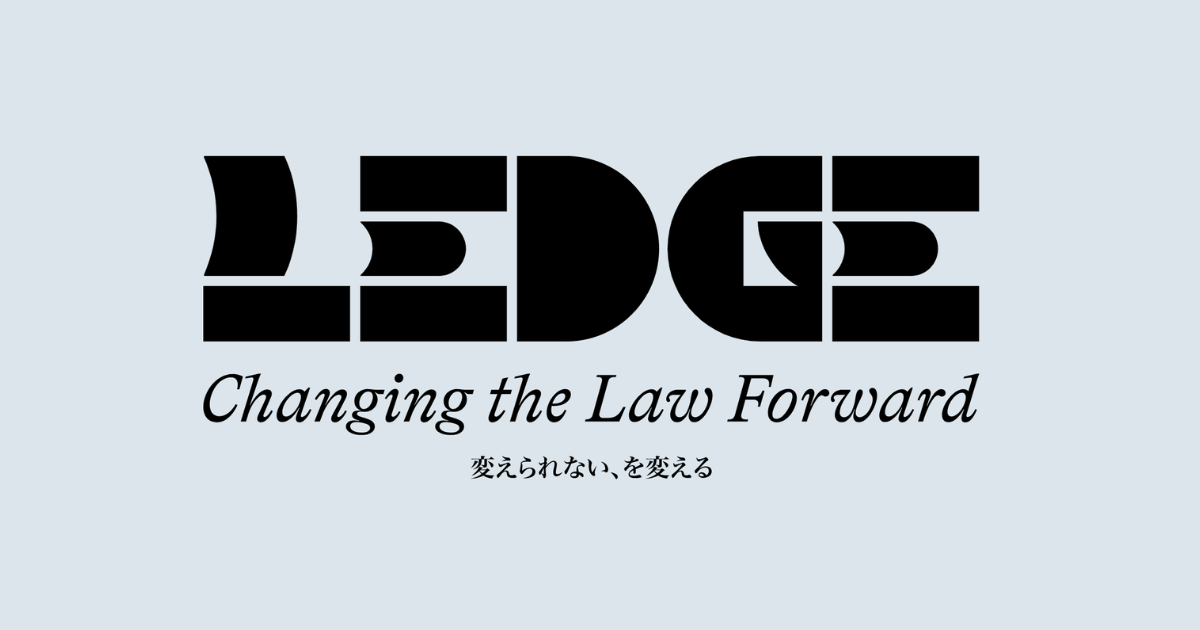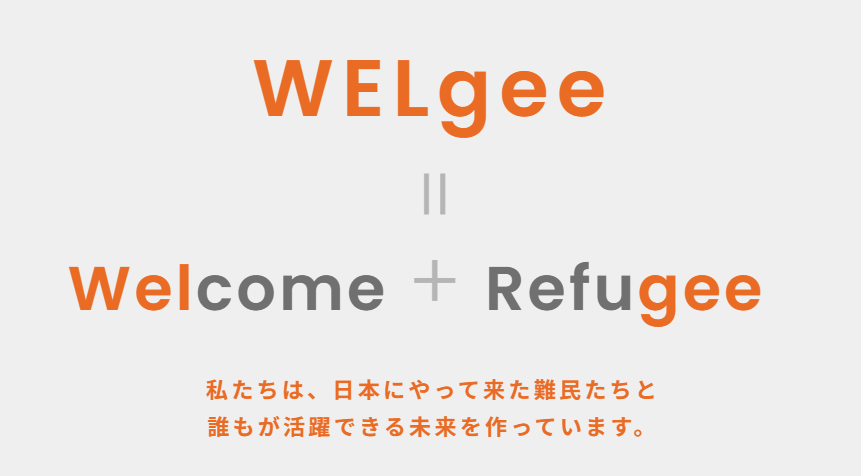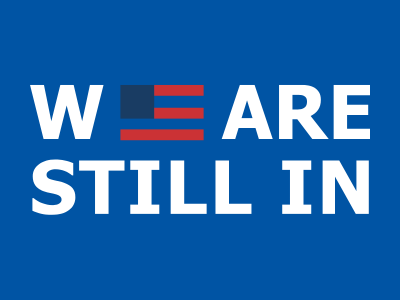When we usually think of “political engagement,” we picture protesters filling the streets, waving banners, and chanting slogans. In Japan, the term undōka (activist) still conjures images of radical revolutionaries demanding the end of the U.S.-Japan alliance. But effective advocacy doesn’t always shout. A quieter, more culturally attuned form of change-making is taking root across Japan’s nonprofit sector—one that’s grounded in relationships, research, and long-term vision. While the U.S. nonprofit world has long embraced public-facing activism, both countries now find themselves navigating new advocacy challenges and opportunities in a rapidly shifting political climate.
Advocacy Without Fear: Quiet Shifts in Nonprofit Voice
The Japanese Context: Quiet Influence, Strategic Shifts
 Japan is home to nearly 50,000 certified NPOs, along with thousands of research institutions, social enterprises, and welfare groups. Yet legal ambiguity and cultural caution have long shaped the limits of nonprofit advocacy. Under laws such as the Public Interest Corporation Law, organizations risk losing their koeki status if they are seen as too political. This creates a gray zone, especially around contentious issues like immigration, constitutional revision, or defense policy. NPOs in Japan are especially careful about staying within the legal and bureaucratic parameters of their status.
Japan is home to nearly 50,000 certified NPOs, along with thousands of research institutions, social enterprises, and welfare groups. Yet legal ambiguity and cultural caution have long shaped the limits of nonprofit advocacy. Under laws such as the Public Interest Corporation Law, organizations risk losing their koeki status if they are seen as too political. This creates a gray zone, especially around contentious issues like immigration, constitutional revision, or defense policy. NPOs in Japan are especially careful about staying within the legal and bureaucratic parameters of their status.
Rather than risk the appearance of direct confrontation, many Japanese nonprofits influence change through indirect means—policy research, public education, or dialogue with bureaucrats. These methods might be thought to reflect a broader cultural aversion to conflict and a preference for harmony and consensus. Yet this doesn’t mean advocacy is absent. A new generation of nonprofit leaders is adapting these values to today’s needs, using creative strategies to push for systemic reform.
Nevertheless, they face distinct challenges:
- Legal Ambiguity: No clear protection exists for nonprofit advocacy, creating hesitation around how far groups can go without risking status or funding.
- Underdeveloped Legal Tools: Japan lacks a robust infrastructure for public interest litigation, limiting legal channels for challenging unjust policies.
- Administrative Gatekeeping: Ministries and agencies can quietly exclude dissenting organizations from grants or public councils without formal sanctions.
- Media Hesitancy: Nonprofits working on refugee rights, LGBTQ+ equality, or nuclear energy may struggle for mainstream visibility.
- Cultural Constraints: Organizations face social pressure to remain neutral, and direct advocacy can lead to reputational damage or donor withdrawal.
The U.S. Context: Innovation in a Polarized Climate
 U.S. nonprofits have long been active in shaping public discourse, not facing the same sort of obstacles to political engagement we see in Japan. Yes, recently, they find themselves in a more complex and sometimes hostile political environment. In 2025, federal shifts have targeted reproductive rights, immigration, and climate advocacy, creating regulatory uncertainty for many mission-driven organizations.
U.S. nonprofits have long been active in shaping public discourse, not facing the same sort of obstacles to political engagement we see in Japan. Yes, recently, they find themselves in a more complex and sometimes hostile political environment. In 2025, federal shifts have targeted reproductive rights, immigration, and climate advocacy, creating regulatory uncertainty for many mission-driven organizations.
Still, the nonprofit sector remains dynamic and adaptable. Many U.S. organizations have leaned into digital advocacy, using social media campaigns, influencer partnerships, and interactive tools to mobilize supporters and stay visible in a fragmented media landscape. Coalition building has become critical for advocacy impact, enabling nonprofits to coordinate to present effective messaging and share resources, especially in sensitive areas like mental health or immigrant rights. At the grassroots level, nonprofits continue to influence public agendas through petitions, virtual town halls, and coordinated call-in campaigns. Despite political turbulence, public trust in nonprofits remains relatively high, providing some resilience in an otherwise polarized environment.
But U.S. advocacy nonprofits still face real headwinds:
- Political Retaliation: New federal grant conditions discourage work on “divisive concepts.” Executive orders have revived bans on training on some federally funded entities.
- Legal Threats: Conservative lawmakers have pushed the IRS to investigate nonprofits for alleged partisanship, often targeting racial equity and gender justice groups.
- State-level Transparency Laws: Several legislatures have proposed new rules requiring nonprofits to disclose donor data if they engage in “political” work—chilling advocacy through vague definitions.
- Campus Crackdowns: University-linked advocacy groups, particularly those working on Palestine solidarity or LGBTQ+ rights, face funding cuts and institutional sanctions.
- Reproductive Rights Attacks: Post-Dobbs, clinics and educational nonprofits working on abortion access operate under growing legal uncertainty and public scrutiny.
Quiet, Strategic, Effective: Success Stories from Japan and the U.S.
The picture is complex—but far from hopeless in both countries. Japanese nonprofits show that culturally grounded, coalition-based advocacy is not only possible—but increasingly impactful. Advocacy also remains central to the U.S. nonprofit identity, and organizations continue to develop new models for resistance and reform.

LEDGE is Japan’s first full-time public interest litigation organization. Rather than taking on isolated cases, it’s building systems—training legal professionals, developing partnerships, and creating cross-border pro bono networks. Current lawsuits include those targeting age restrictions for political candidates, racial profiling, and reproductive rights. With the support from the United States-Japan Foundation, LEDGE exemplifies how legal tools can be adapted for culturally resonant, high-impact advocacy.

WELgee empowers refugees in Japan through tailored support for career development and professional integration. By connecting refugees with language training, job placement, and mentorship, WELgee reframes them as contributors—not burdens. The organization works directly with policymakers and businesses, helping shift public perceptions and create inclusive labor structures. With USJF support, WELgee is also sharing its model with U.S.-based counterparts, strengthening cross-border solidarity in refugee advocacy.

To address Black infant mortality, the “Hey, Mama” campaign used local art, spoken word, and culturally relevant messaging to connect with families in Jacksonville. Social media and partnerships with groups like Kids Hope Alliance doubled program inquiries and boosted community engagement—showing how inclusive, community-rooted advocacy can drive both awareness and impact.

After the federal withdrawal from the Paris Agreement in 2017, thousands of nonprofits, universities, and local governments joined the “We Are Still In” coalition, pledging to meet climate goals despite national policy reversals. Their decentralized, nonpartisan model preserved advocacy momentum and inspired similar networks abroad. It’s a reminder that even in hostile climates, collective action can shape the national agenda.
Key Takeaways for Nonprofits
Rethinking What Advocacy Looks Like
Advocacy isn’t a one-size-fits-all strategy. In Japan, a quieter revolution is taking hold—through legal reform, business partnerships, and culturally grounded persuasion. In the U.S., digital tools and coalition strategies are helping nonprofits remain impactful despite political headwinds. Together, these examples reveal a broader truth: effective advocacy adapts.
At the United States-Japan Foundation, we believe in this evolving, collaborative approach. By supporting grantees like LEDGE and WELgee, we aim to strengthen nonprofit voices in both countries in their support of charitable programs—voices that don’t need to be loud to be heard.
Organizations exploring strategic advocacy models are encouraged to connect with USJF for partnership and funding opportunities. Because change, when rooted in mutual respect and cross-border insight, doesn’t just travel further—it grows deeper.
← Back to Trends & Trendsetters

